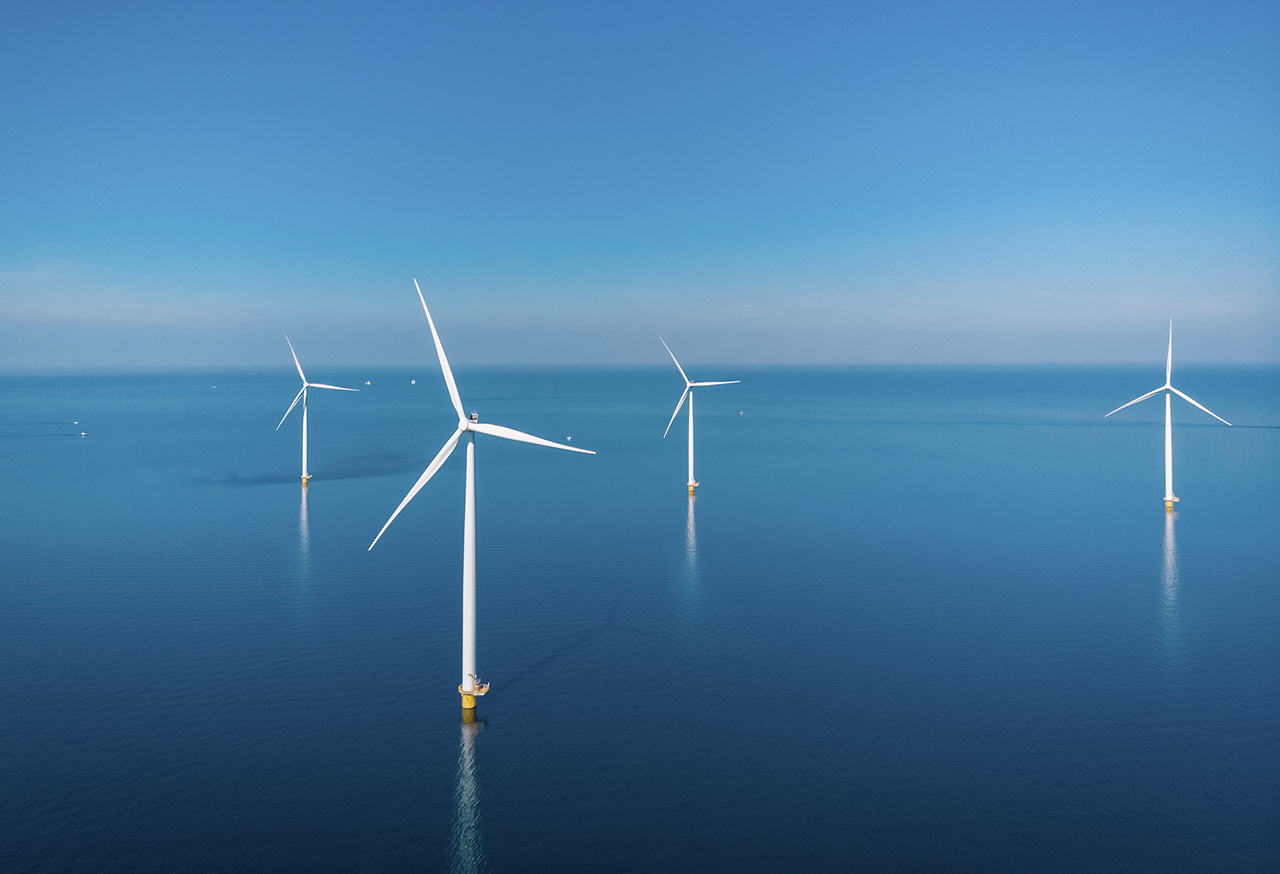Free smart thermostats, explained
Energy transition Energy consultancy Residential researchAt LCP Delta, we believe smart thermostats are part of the way forward in the energy transition because of their benefits both for consumers and the energy system.

Earlier in March, Voltalis, a provider of connected energy saving and control solutions for electric heating, announced they had raised close to €100M from private investors. They plan on using this investment to accelerate their growth in France. This is in line with Voltalis' ambition to connect 3 million locations (homes or businesses) to its platform by 2030.
What is a 'free' thermostat offering?
Voltalis, in a similar way totiko(owned by Engie in France), is one of the few service providers offering a smart thermostat at no cost to the customer. In France alone, close to 200,000 smart thermostats were installed by one of these service providers. On the one hand, the smart thermostat is installed in people’s homes at no cost and helps them take control of their heating through a mobile app displaying temperature, heating zones and other essential heating-related information. On the other hand, by having the smart thermostat installed in their home, customers agree to the service provider remotely turning off and on their heating system when required. This optimisation has two main benefits:
- Consumers get to save on their energy bill, as service providers turn off the heating when electricity rates are high. Service providers claim 15-20% energy savings when using their solutions, in addition to significant reductions in CO2 emissions.
- The electricity grid is less constrained, as Voltalis can turn down (or turn off) their customers’ heating loads during peak times. Voltalis can aggregate these heating loads to provide services to local and national grid operators.
How can service providers afford to install smart thermostats for free?
This is what our latest consultancy project aimed to answer. We looked at the business model behind these offerings, and their revenue models, and explored how companies could provide hardware and software at low or no cost, including:
- Lower production costs due to a simpler design or cheaper labour and materials
- Government subsidies and energy transition support schemes
- Revenue from providing services to the electricity grid
Get in touch if you want to know more about the business models behind low and/or no-cost thermostats.




